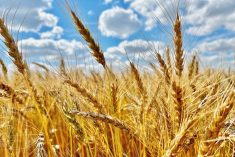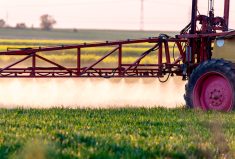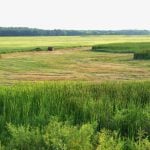Berlin | Reuters — German authorities confirmed the country’s first outbreak of foot-and-mouth disease in nearly 40 years on Friday in a herd of water buffalo on the outskirts of Berlin.
Foot-and-mouth disease causes fever and mouth blisters in cloven-hoofed ruminants such as cattle, swine, sheep and goats.
Measures to contain the highly infectious disease, which poses no danger to humans though they can transmit it, are being implemented, and the affected animals have already been euthanized, said local authorities.
An exclusion zone of three kilometres and a monitoring zone of 10 kilometres have been set up, and no more products or animals may be taken out of these zones, said a federal agricultural ministry spokesperson at a regular government news conference.
Read Also

Federal budget shows remaining disconnect between agriculture, policymakers, panelists say
Canada’s agriculture sector is still disconnected from policymakers in some ways, say panelists at a CAPI webinar
Local authorities are investigating how the animals became infected, but there are no plans for measures at the federal or international level, the spokesperson added.
Germany and the European Union are officially recognised as being free of the disease. The last cases in Germany occurred in 1988, according to the FLI animal health research institute.
The FLI said the disease occurs regularly in the Middle East and Africa, in many Asian countries and in parts of South America. Illegally imported animal products from these countries pose a threat to European agriculture, it said.
— Reporting by Miranda Murray and Friederike Heine













